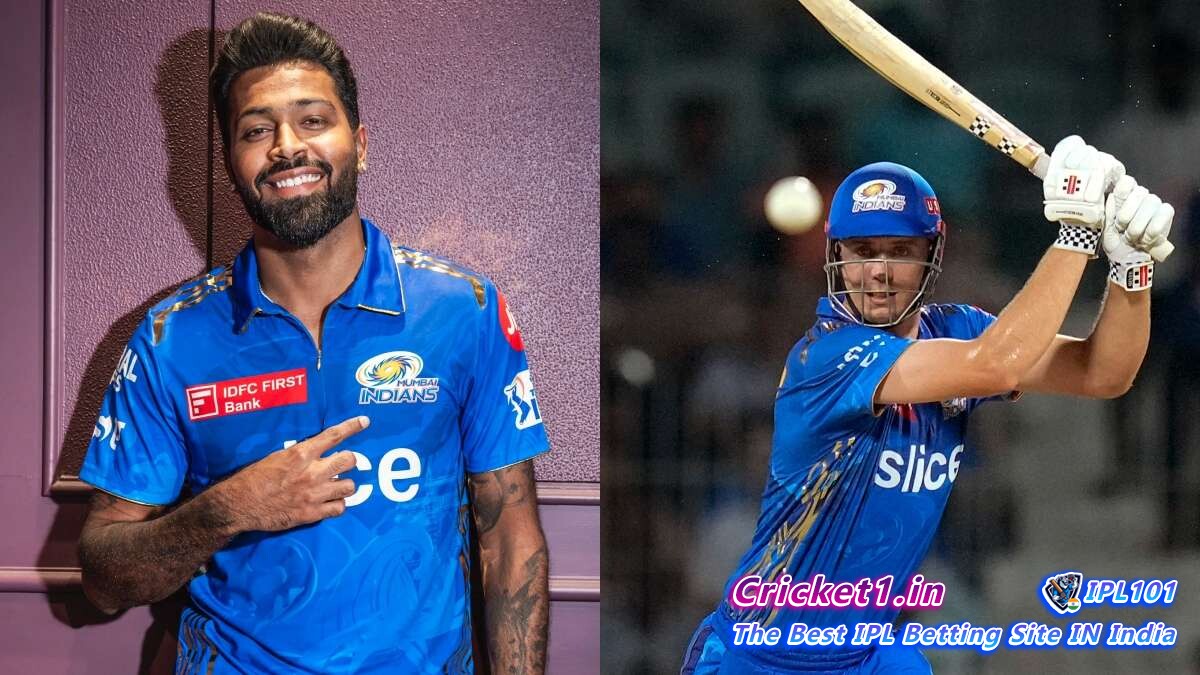
As the cricketing world’s eyes turn towards the Indian Premier League (IPL), anticipation has reached fever pitch with teams announcing their retained players in preparation for the new season’s auctions. The discussions in cricketing circles were dominated by the potential for big moves, especially the potential transfer of Hardik Pandya from the Gujarat Titans to the Mumbai Indians—an all-cash deal that held the collective breath of the IPL fraternity.
The retention day came and went without the deal being confirmed; however, the very next day, official confirmation came through, setting the IPL trade market ablaze. The IPL’s governing body ratified not just one, but two monumental transactions.
In a move that commanded headlines, the Mumbai Indians secured Hardik Pandya for a whopping INR 15 Crore—the price tag he commanded in the league. Alongside this blockbuster deal, Mumbai also orchestrated another strategic move, releasing Cameron Green to the Royal Challengers Bangalore for a substantial INR 17.50 Crore fee. This savvy economic play freed up their purse strings considerably, possibly foreshadowing further actions in the market.
These developments prompted fans and analysts alike to reflect on the history of player trades within the storied league. The very first instance of an IPL trade harkens back to 2009, a time when traditions were still being etched into the fledgling tournament’s burgeoning legacy. It was the second IPL season, and the Mumbai Indians engaged in a groundbreaking exchange with Delhi Daredevils—now known as Delhi Capitals.
This foundational trade involved the exchange of pacer Ashish Nehra for Delhi’s emerging talent, Shikhar Dhawan. The significance lay not just in the players involved but also in the format of the transaction—it was a straight player-for-player swap. Financially, it was structured around their previous season’s fees, with Dhawan having been picked up by Delhi for INR 12 lakh and Nehra commanding a price of INR 1.6 Crore from Mumbai.
The same season also witnessed another remarkable trade when Mumbai Indians and Royal Challengers Bangalore swapped their stars, Robin Uthappa and Zaheer Khan. Uthappa made his way to the Bangalore side while Zaheer Khan donned the Mumbai jersey, a strategic move that reshaped both teams’ rosters significantly.
Hardik’s move holds particular significance as he becomes the first IPL-winning captain to be traded. This is a rare occurrence in the league’s history, with only two other captains preceding him in this exclusive club. Ahead of IPL 2020, Ravi Ashwin left Punjab Kings to join Delhi Capitals, and that very same year, Ajinkya Rahane was also traded by the Rajasthan Royals to the Capitals, marking a year of high-caliber captaincy exchanges.
Cricket, an ever-evolving sport rich in tradition and strategy, sees its business side most vividly exemplified in the IPL’s trade market. These moves are more than mere transactions; they signify shifts in dynamics and potential alterations to teams’ fates. The Pandya and Green deals represent the latest chapter in this ongoing narrative, capturing the eternal essence of change in the league. The IPL continues to fascinate and surprise, setting the stage for another captivating season where strategy off the pitch is just as critical as the performances on it.

